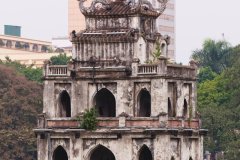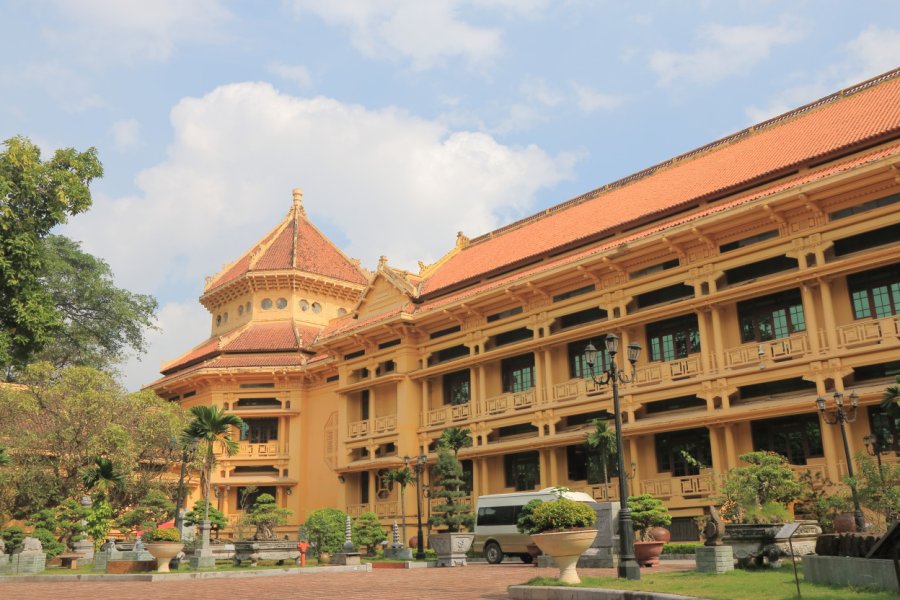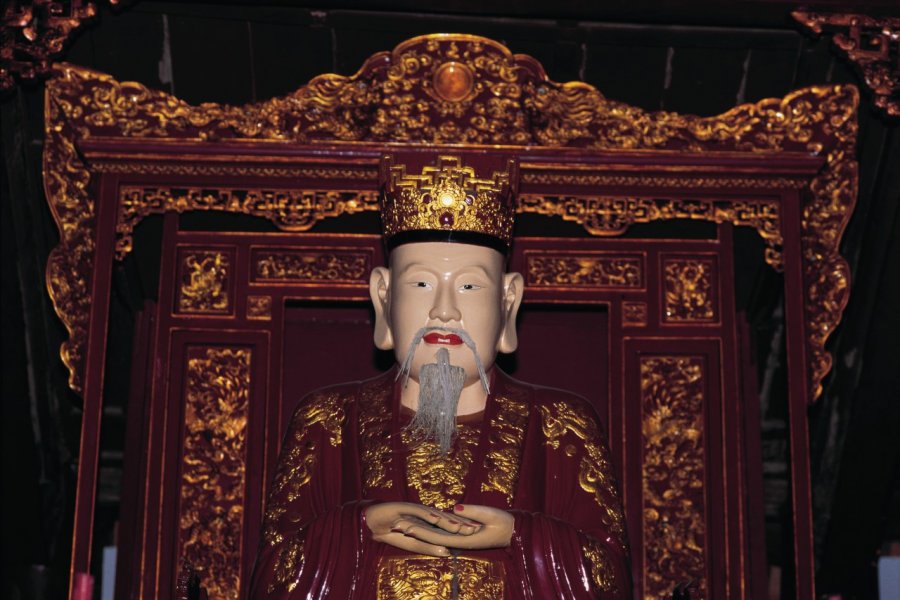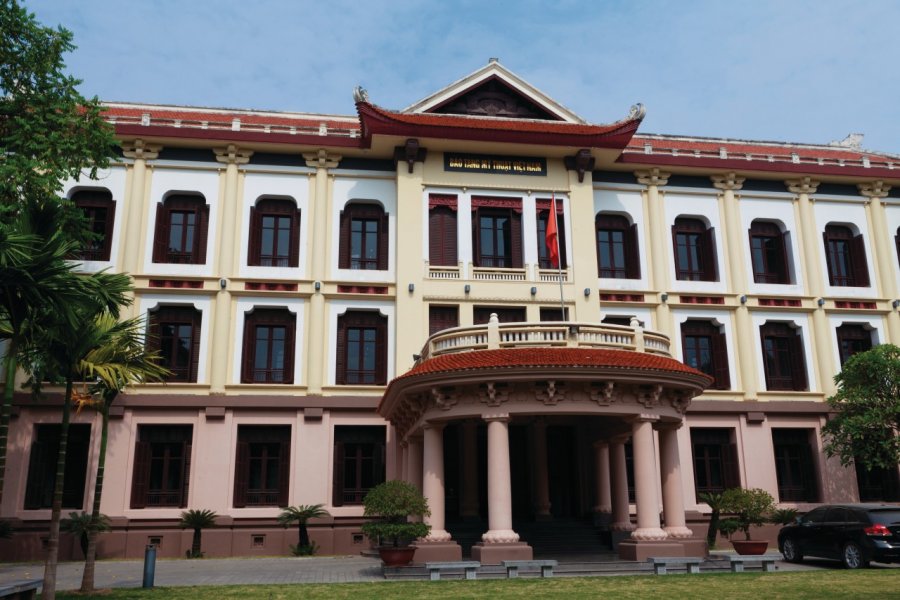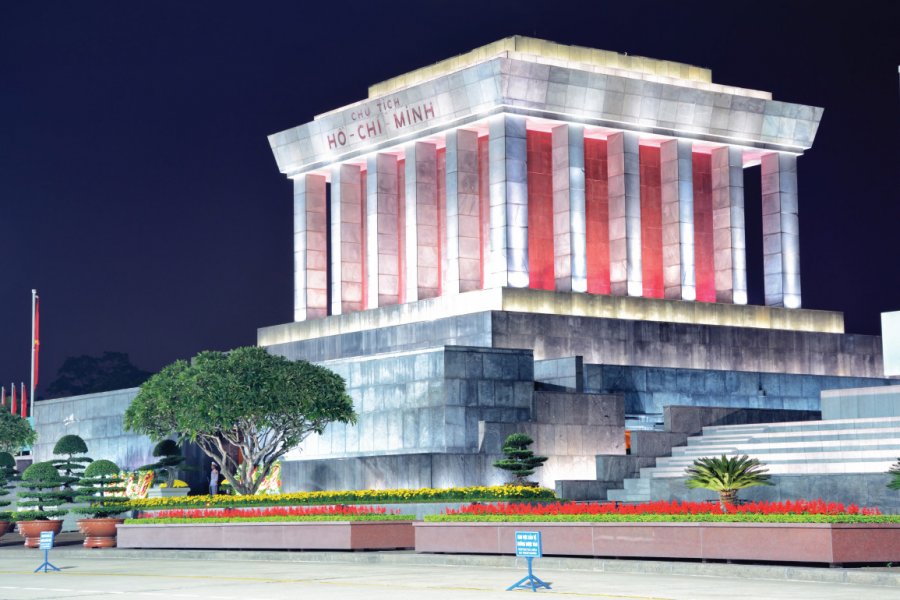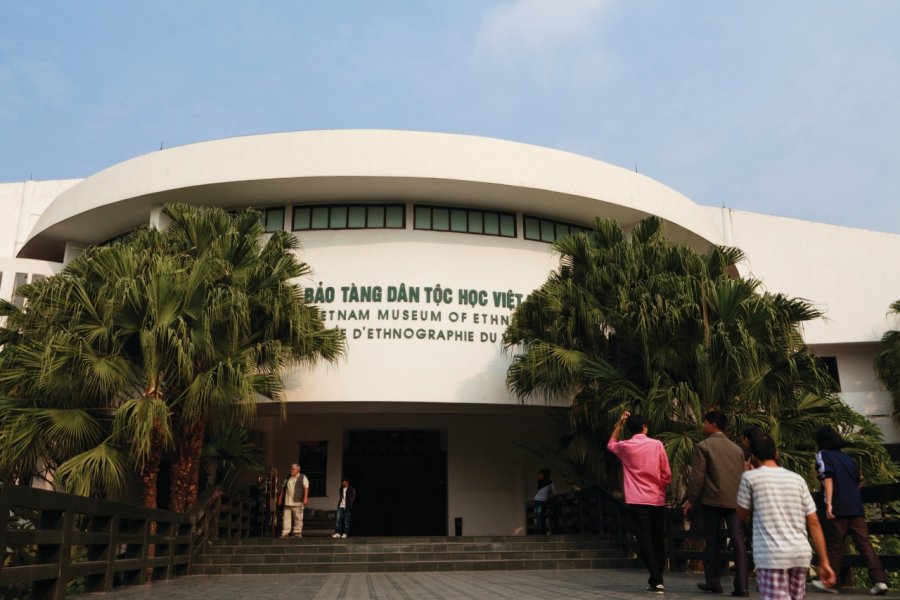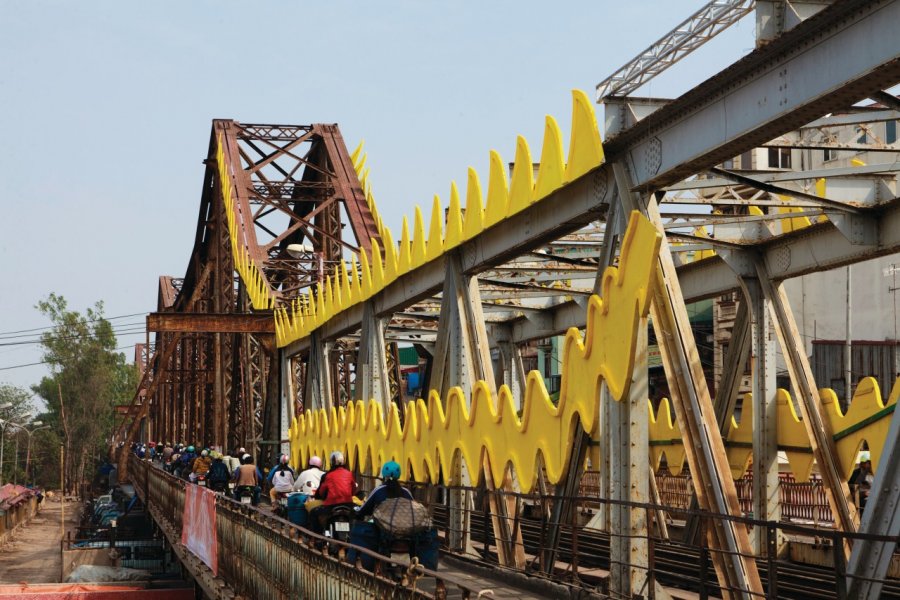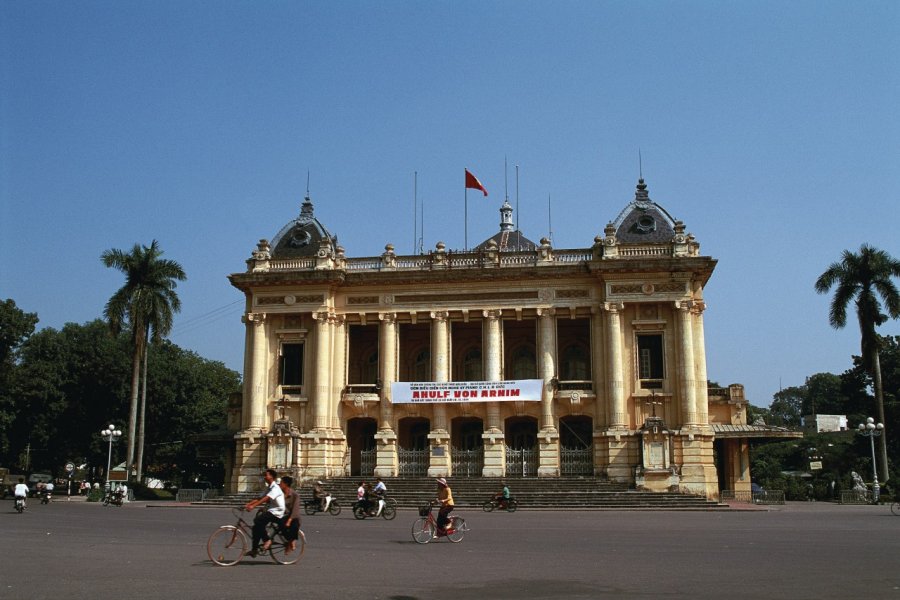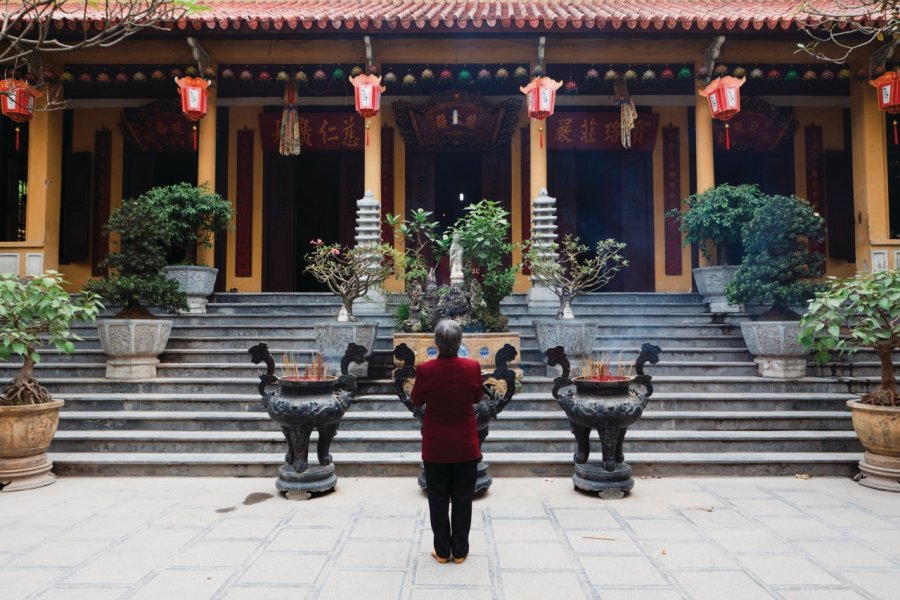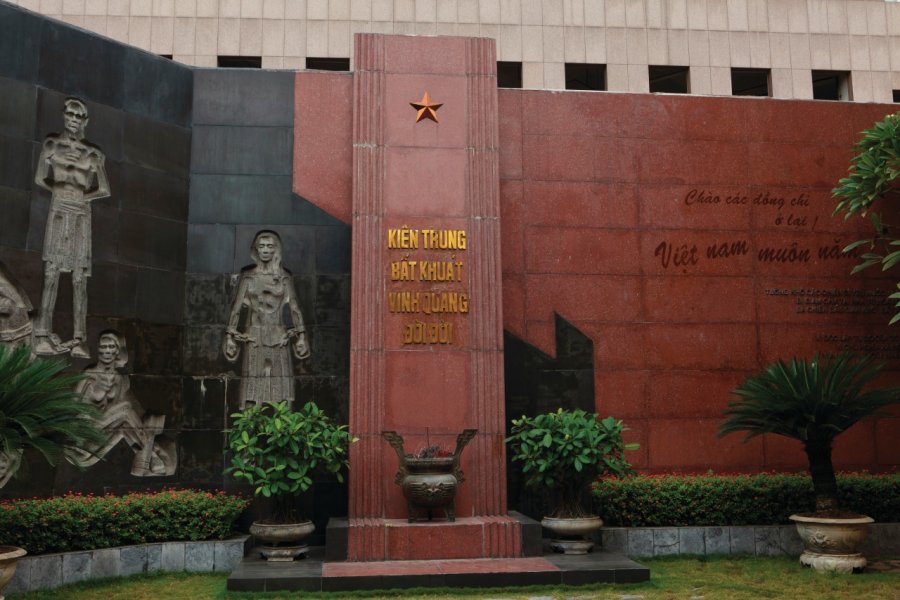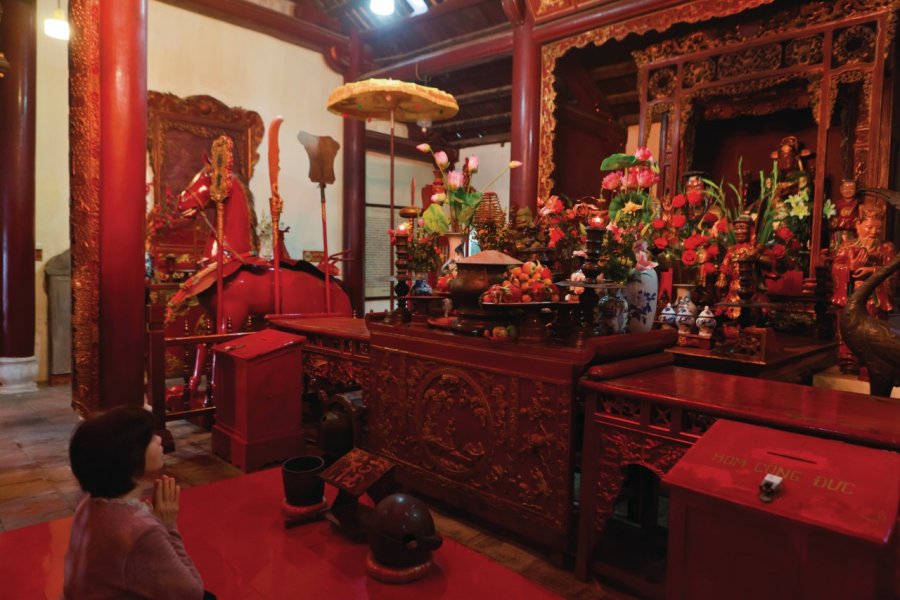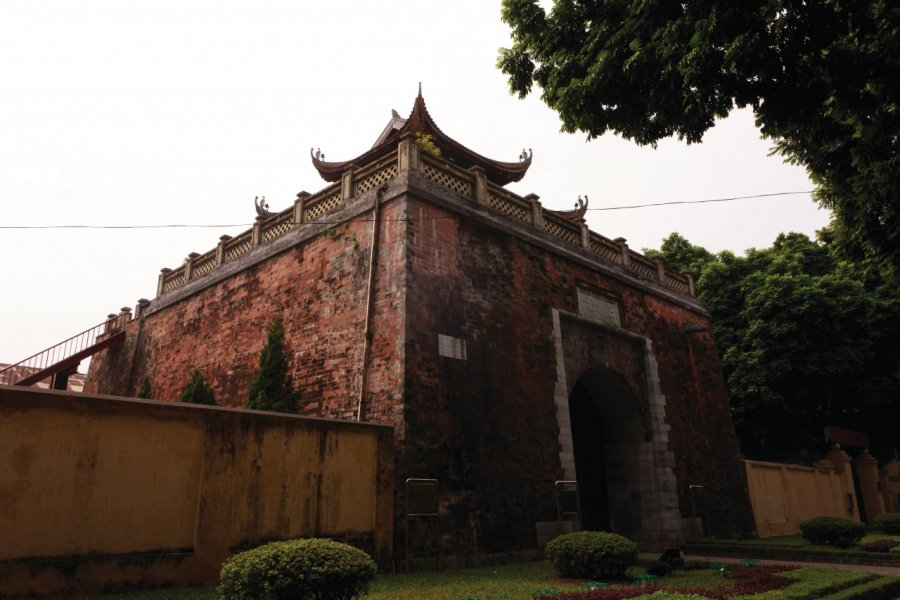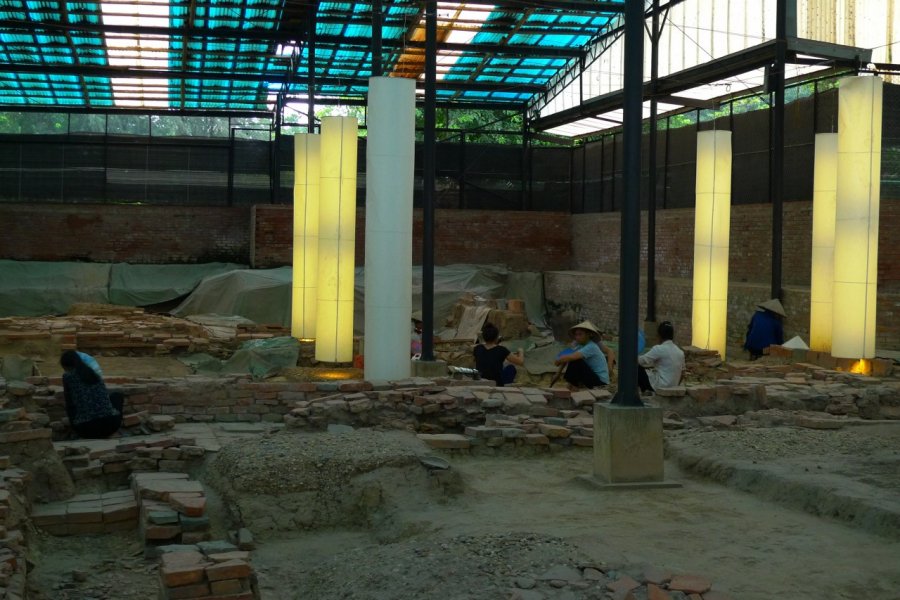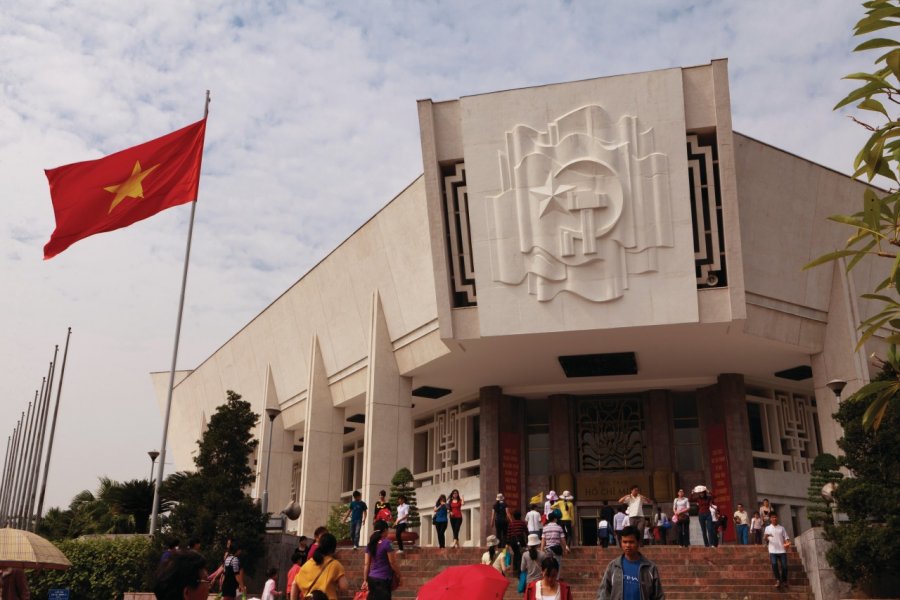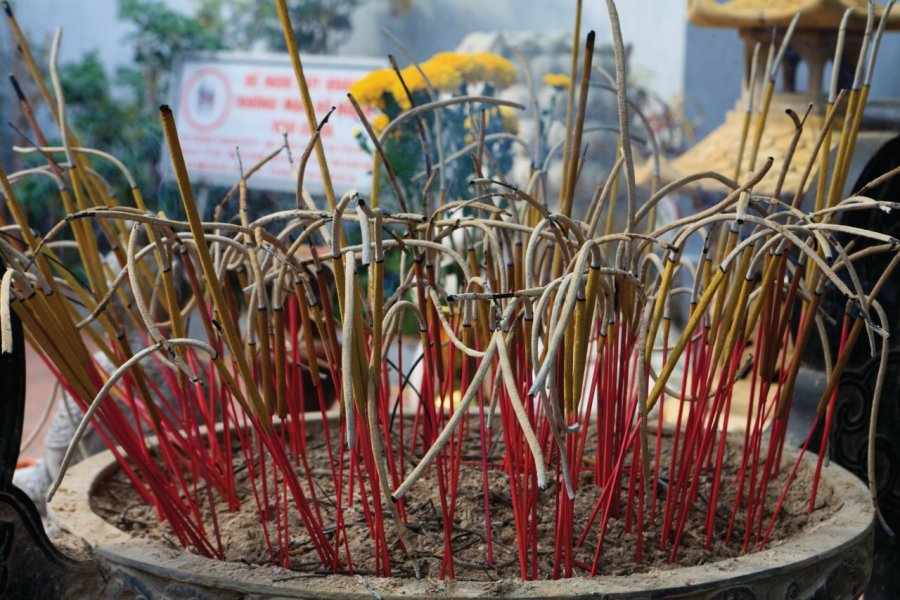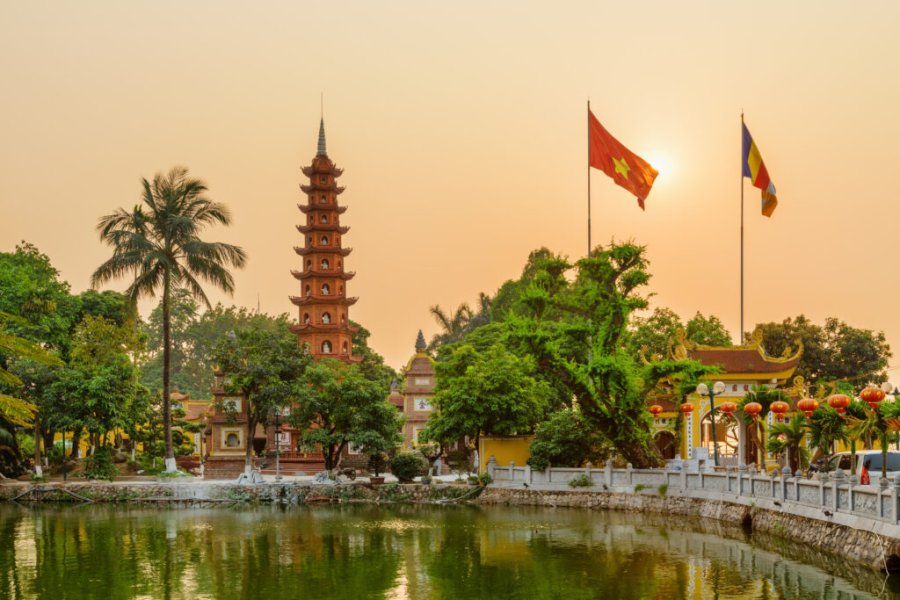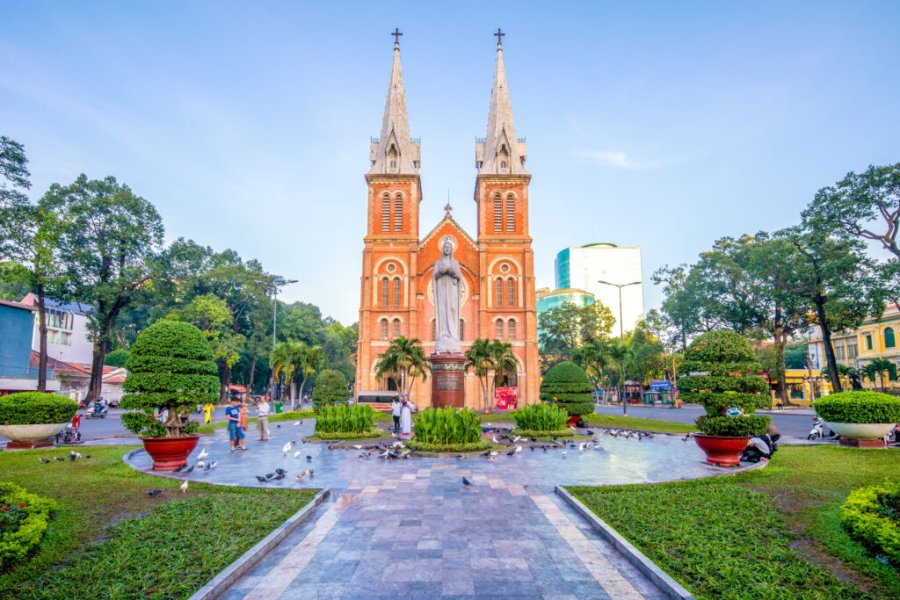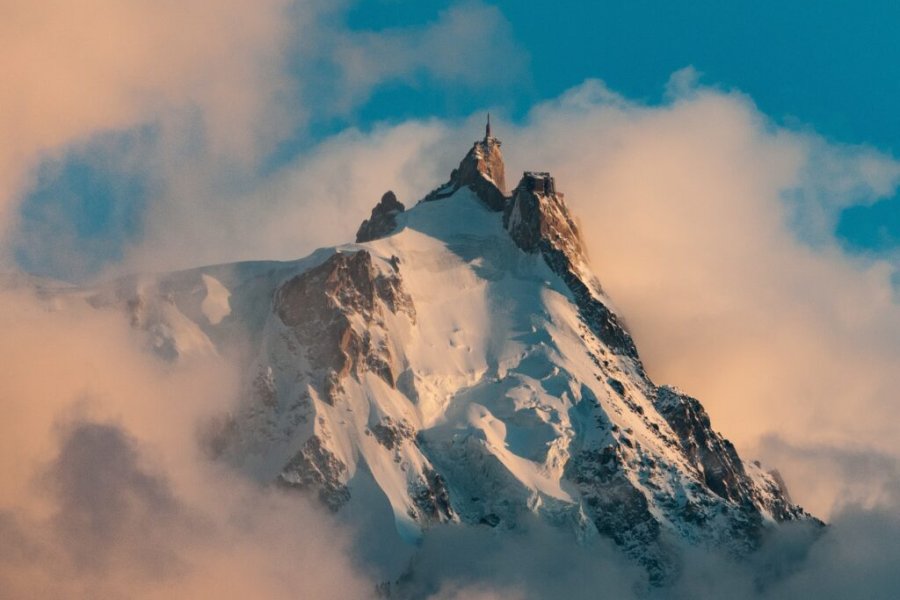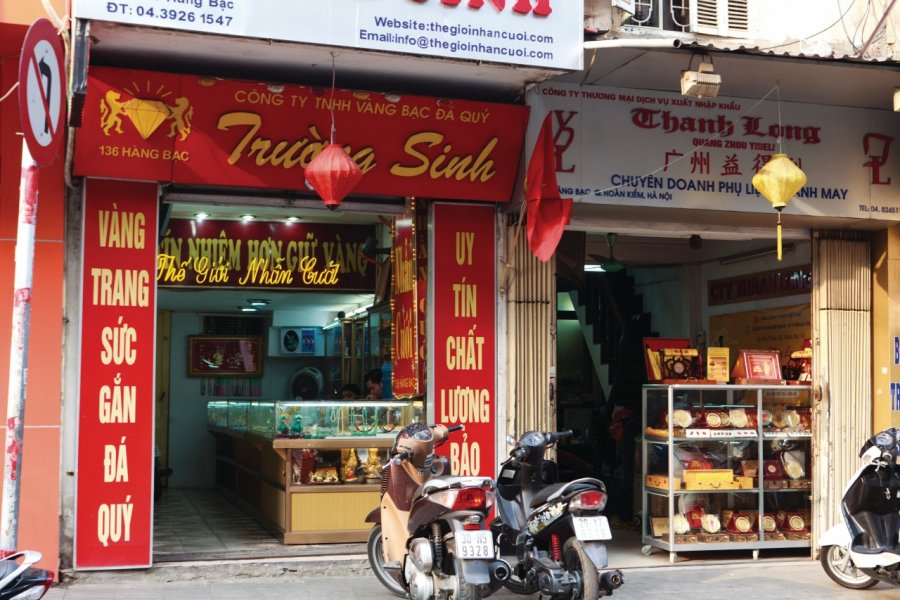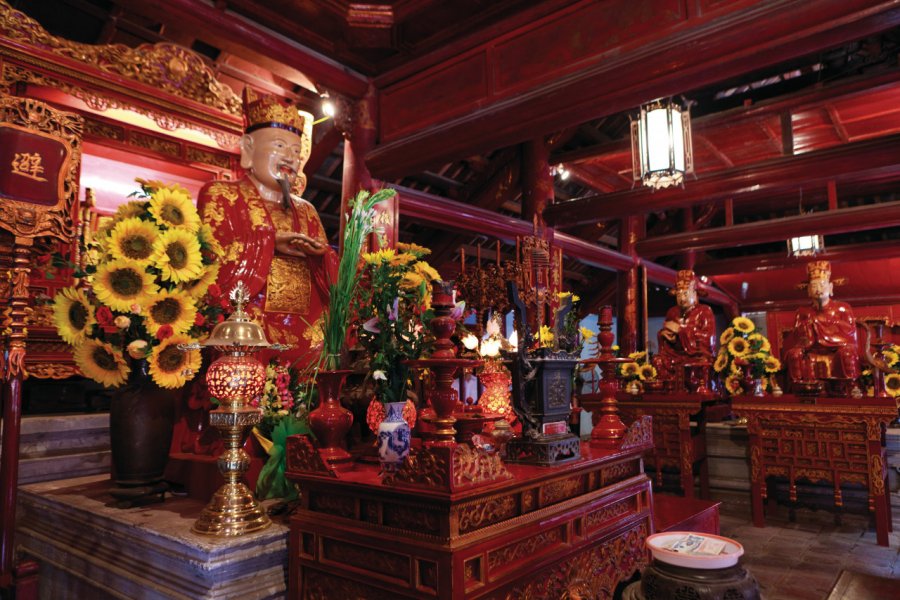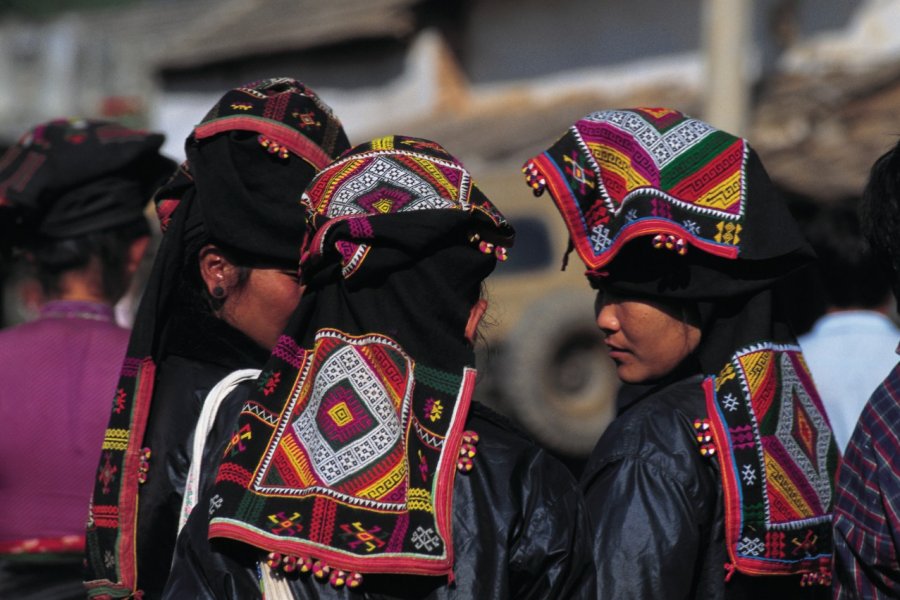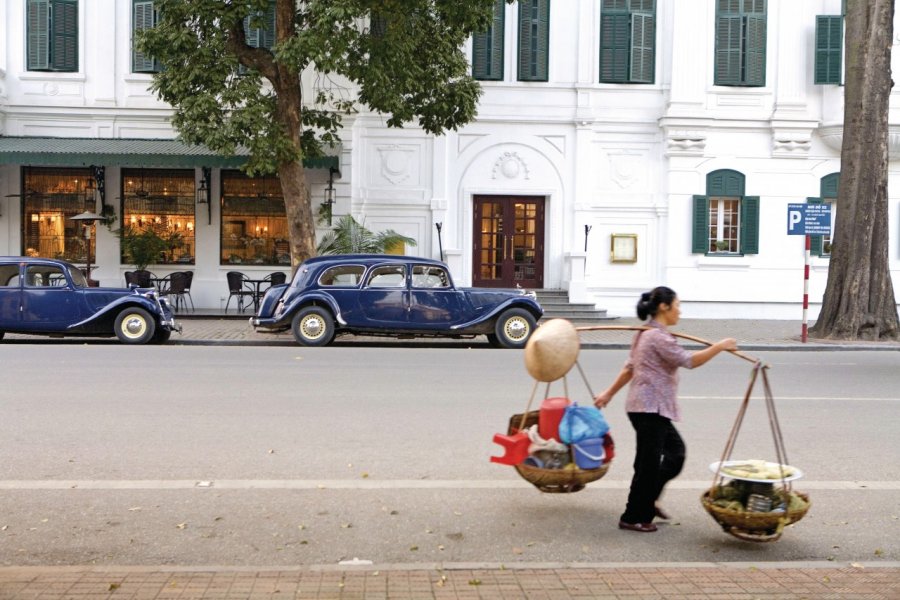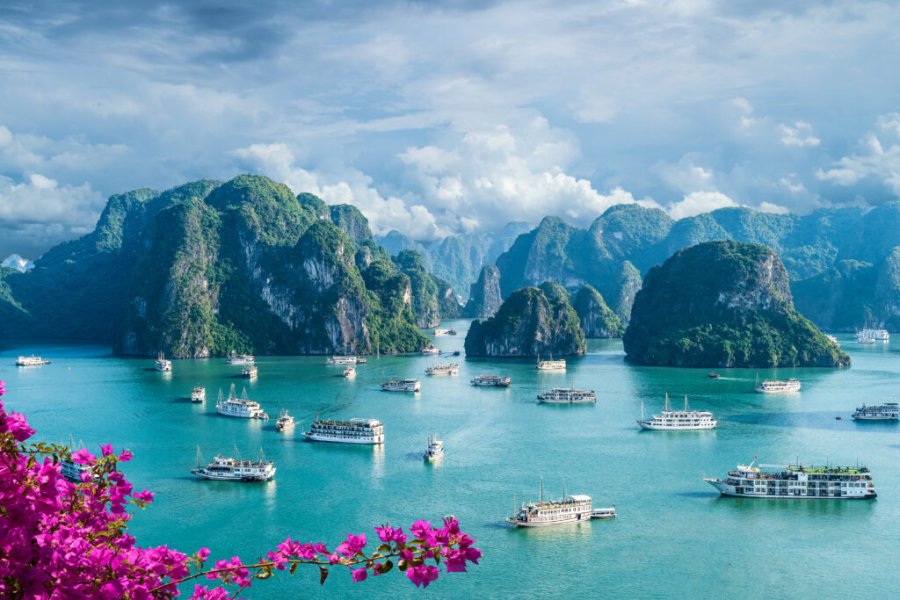Travel Guide Hanoi
Find an accommodation
Advertising
What to visit Hanoi?
Advertising
Suggested addresses Hanoi
x 98
The best restaurants
x 169
The best hotels
x 97
The best visits
x 108
Travel agencies
x 164
The best transportation
x 56
The best outings
x 14
Sport and leisure activities
x 17
The best treats
x 9
The best care
x 42
The best stores
x 5
The best home-deco
x 26
The best services
x 8
The best events
Weather at the moment
Advertising
Organize your trip with our partners Hanoi
Transportation
Book your plane tickets
Car Rental
Accommodation & stays
Find a hotel
Flight + Hotel deals
Holiday rental
Find your campsite
Tailor-made trip
Eco-responsible holidays
Services / On site
Activities & visits
Book your parking lot
Activate your VPN
Request your visa
Travel insurance
